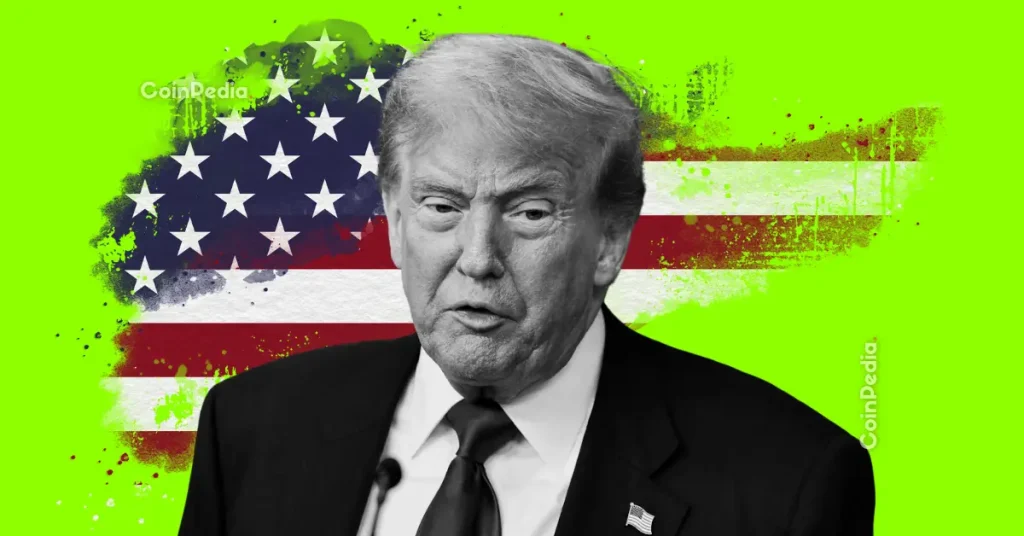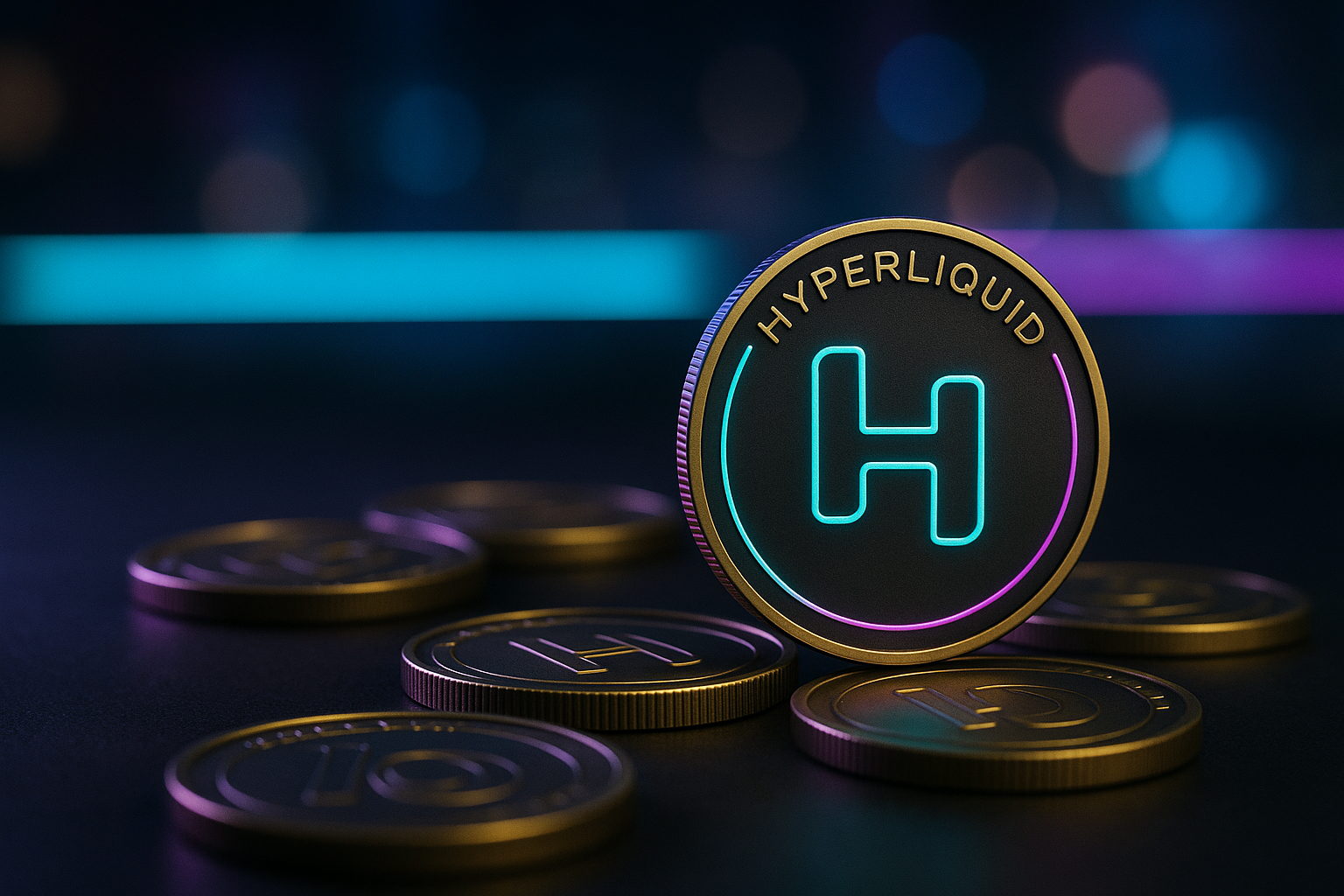
The company announced a partnership with crypto infrastructure firm Aquanow to bring stablecoin payments to Central and Eastern Europe, the Middle East, and Africa (CEMEA).
The November 27 announcement marks Visa’s biggest expansion of digital currency services since it first started testing stablecoin settlements in 2023. Banks and payment companies in the CEMEA region can now settle transactions using USD Coin (USDC ($1.00)) instead of waiting days for traditional wire transfers.
How the Partnership Works
Aquanow will connect its digital asset technology with Visa’s existing payment network. This allows banks, payment processors, and other financial companies to use stablecoins for settling transactions between each other.
“By harnessing the power of stablecoins and pairing them with our trusted global technology, we are enabling financial institutions in CEMEA to experience faster and simpler settlements,” said Godfrey Sullivan, Visa’s head of product and solutions for the CEMEA region.
The new system works 24/7, unlike traditional banking that often stops on weekends and holidays. Companies can settle payments instantly rather than waiting five to seven business days for wire transfers to clear through multiple banks.

Source:@aquanow
Phil Sham, CEO of Aquanow, said the partnership leverages stablecoin technology to settle with “the speed and transparency of the internet.”
Visa’s Growing Stablecoin Business
Visa started testing stablecoin settlements two years ago and has seen rapid growth. The company’s monthly volume has now reached $2.5 billion annualized run rate through its digital currency platform.
This expansion comes as stablecoins reach record transaction volumes. The digital currencies, which are backed by real dollars or other assets, now process more money than some traditional payment networks.
Visa already supports settlement in over 25 different currencies worldwide. The company has been building what it calls a “multicoin and multichain foundation” to meet growing demand from financial partners.
In July 2025, Visa added support for three new stablecoins and two blockchain networks to its platform. The company now works with PayPal USD, Global Dollar, and euro-backed EURC ($1.17) tokens, along with the Stellar and Avalanche blockchain networks.
About Aquanow
Vancouver-based Aquanow started in 2018 when three finance professionals saw an opportunity in the growing crypto market. Phil Sham, Andy Leung, and Jae Moon left traditional finance jobs to build infrastructure connecting crypto businesses with global markets.
The company now serves over 300 clients across more than 50 countries. Aquanow provides the behind-the-scenes technology that powers crypto trading platforms, payment companies, and banks.
Aquanow has grown rapidly, achieving a 3,022% revenue increase over four years according to Deloitte’s Technology Fast 500 list, where it was recognized for the second consecutive year in 2024. The company employs over 170 people worldwide and processes billions of dollars in crypto transactions monthly.
In the Middle East, Aquanow operates through a regulated entity in Dubai. The company holds licenses from Dubai’s Virtual Assets Regulatory Authority for broker-dealer services, lending, and investment management.
Why This Matters for Global Payments
The CEMEA region handles massive amounts of cross-border payments daily. Traditional systems often involve multiple banks, high fees, and long delays. Companies frequently pay $15 to $50 for international wire transfers that take several days to complete.
Stablecoins offer a faster, cheaper alternative. They can move money instantly at near-zero cost because they run on blockchain technology rather than traditional banking rails.
The stablecoin market has grown from $5 billion in 2020 to over $305 billion in 2025. Major companies like Walmart and Amazon have reportedly explored launching their own digital currencies.
Banks are also getting involved. Nine major European banks announced plans to launch their own euro-backed stablecoin by 2026. Financial firms see stablecoins as critical infrastructure for the future of money movement.
Visa faces growing competition in digital payments. Mastercard is building similar stablecoin capabilities, while tech companies and fintech startups are entering the space with blockchain-based solutions.
Regulatory Environment
The expansion comes as governments create clearer rules for digital currencies. Europe’s Markets in Crypto-Assets (MiCA) regulation became fully effective on December 30, 2024. The United States passed the GENIUS Act in July 2025, creating the first federal framework for stablecoin regulation.
These new rules require stablecoin companies to prove they have enough real assets backing their digital tokens. They also must follow strict transparency and reporting standards.
Bank regulators are still figuring out how to handle stablecoin exposure in the traditional banking system. Some central bank officials have suggested current risk weightings for crypto assets may need to change as stablecoins become more common in payments.
The Digital Dollar Revolution
This partnership represents more than just a business deal. It shows how traditional finance companies are embracing digital currencies as core infrastructure rather than experimental technology.
Visa’s expansion into CEMEA with stablecoin settlements could reshape how businesses move money across borders. As more financial institutions adopt these tools, the gap between traditional and digital finance continues to shrink, promising faster and cheaper payments for companies and consumers alike.
















 24h Most Popular
24h Most Popular


 Utilities
Utilities